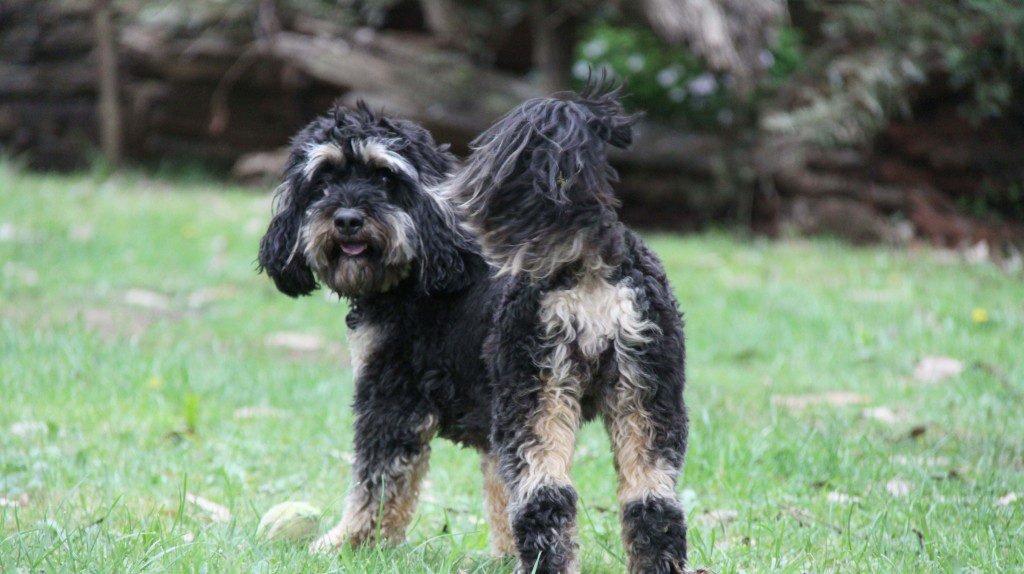That ‘Potty Dance’ aka Backward Scratching – why Dogs kick their feet after pooping.
Have you ever wondered why your dog kicks and scratches at the grass after he poops? Often referred to as the ‘potty dance’, its actually quite humorous to watch, although it can damage beautiful lawns depending upon the strength of your canines kicks and scratches.
Kicking after pooping is normal behaviour for dogs. They will kick their feet for sanitary reasons, such as wiping their paws or burying it. But there is much more to it than that.
Backward scratching is much more than just cleaning paws
Dogs have glands in their feet that release pheromones when they do their ‘potty dance,’ otherwise known as backward scratching. This behaviour is actually a form of scent marking and that is why dogs can be seen scratching for seemingly no reason at all.
In truth, dogs are communicating plenty of vital information to the outside world about just who is in charge and who is not. Who lives here and who is the interloper. This form of scent marking allows the little dog to be top dog of his territory and show the rest of the neighbourhood just who is the scent marking boss.
Why dogs engage in this behaviour
Dogs can often be seen performing their backward kicks when entering a new territory, a new animal is introduced to theirs, at fences, or even in the yards of total strangers while out and about on walks.
In a multi dog household, you may notice that one dog tends do the potty dance more often than the others. These dogs are typically the strongest scent markers in the pack and may be the alpha dog, no matter how physically big and strong the dog actually is.
When a new dog is introduced, a dog who has never done the potty dance before may suddenly begin in earnest or a dog that has been the alpha dog may suddenly cease his dancing in deference to the new dog.
While scratching the ground with the back paws is a form of scent marking, it can also be used to spread the spoils of what’s there to a wider area-thus creating a bigger scent print. Males most commonly engage in this type of scratching, but females will also do it.
Scenting marking in the wild
Your dog is not alone in his scent marking behaviour, wolves, dingoes and foxes will scent mark by scratching their back feet. Scientists believe that they are establishing tiers within their hierarchical systems by establishing who the pack leader is, who is on the bottom, and where each creature fits in between.
This form of scent marking is totally normal and an indicator of good health. If you have a dog that lives to do the potty dance and suddenly stops scent marking for no reason, no matter how happy you are that your grass is no longer flying across the yard in giant clumps, it could be a sign of illness. You should check your dog out to be sure he’s not suffering from a paw injury, arthritis, or even joint injury.
Preventing the behaviour
If you want to save your grass and prevent your dog from scent marking, the best way to do this is to take your dog on long walks, far away from your beautiful lawn. However, it’s not recommended to let them perform it on someone else’s manicured lawn!
Size does not matter when it comes to scent marking. From the tiniest Chihuahua to the noble German Shepherd, all have been known to do it and all can look equally absurd at the same time.

